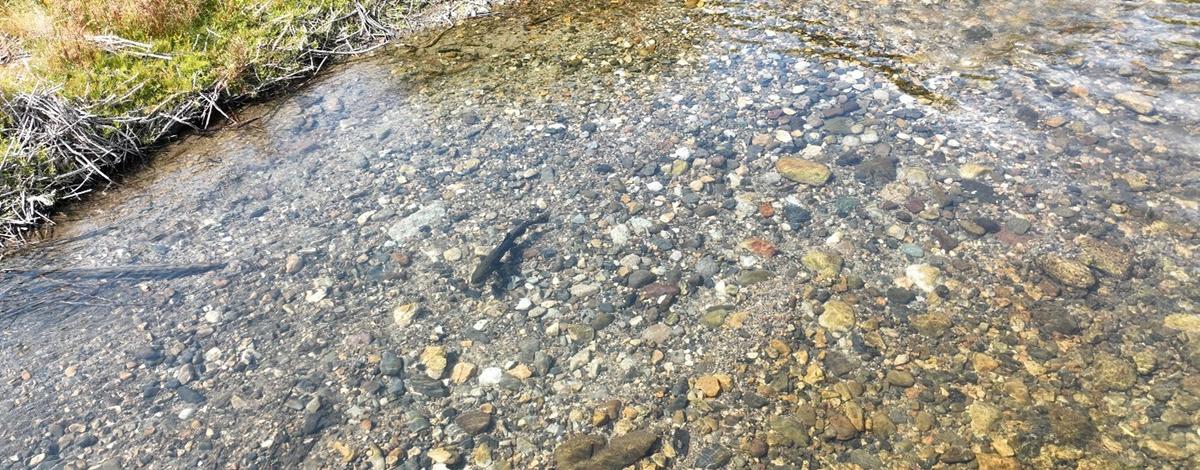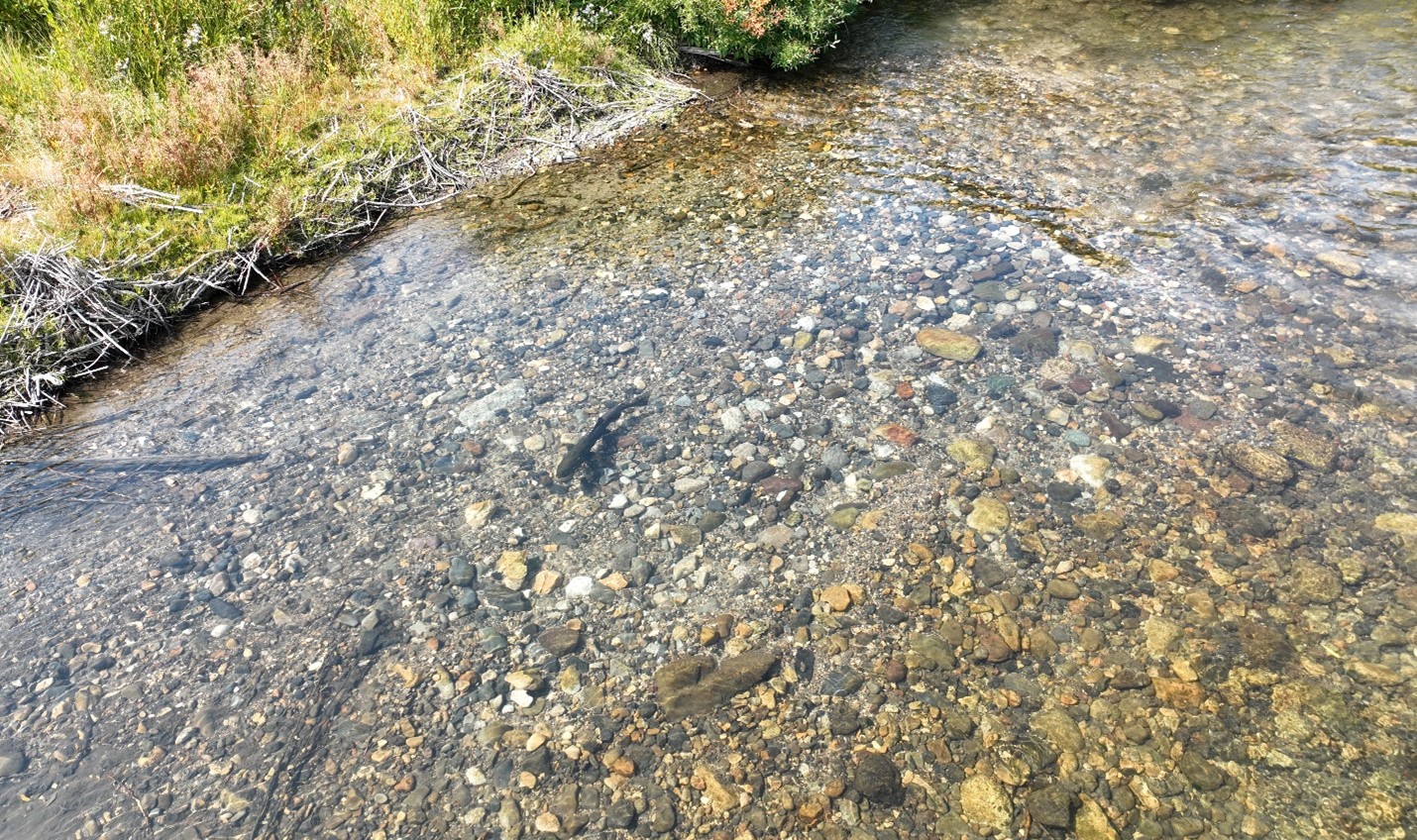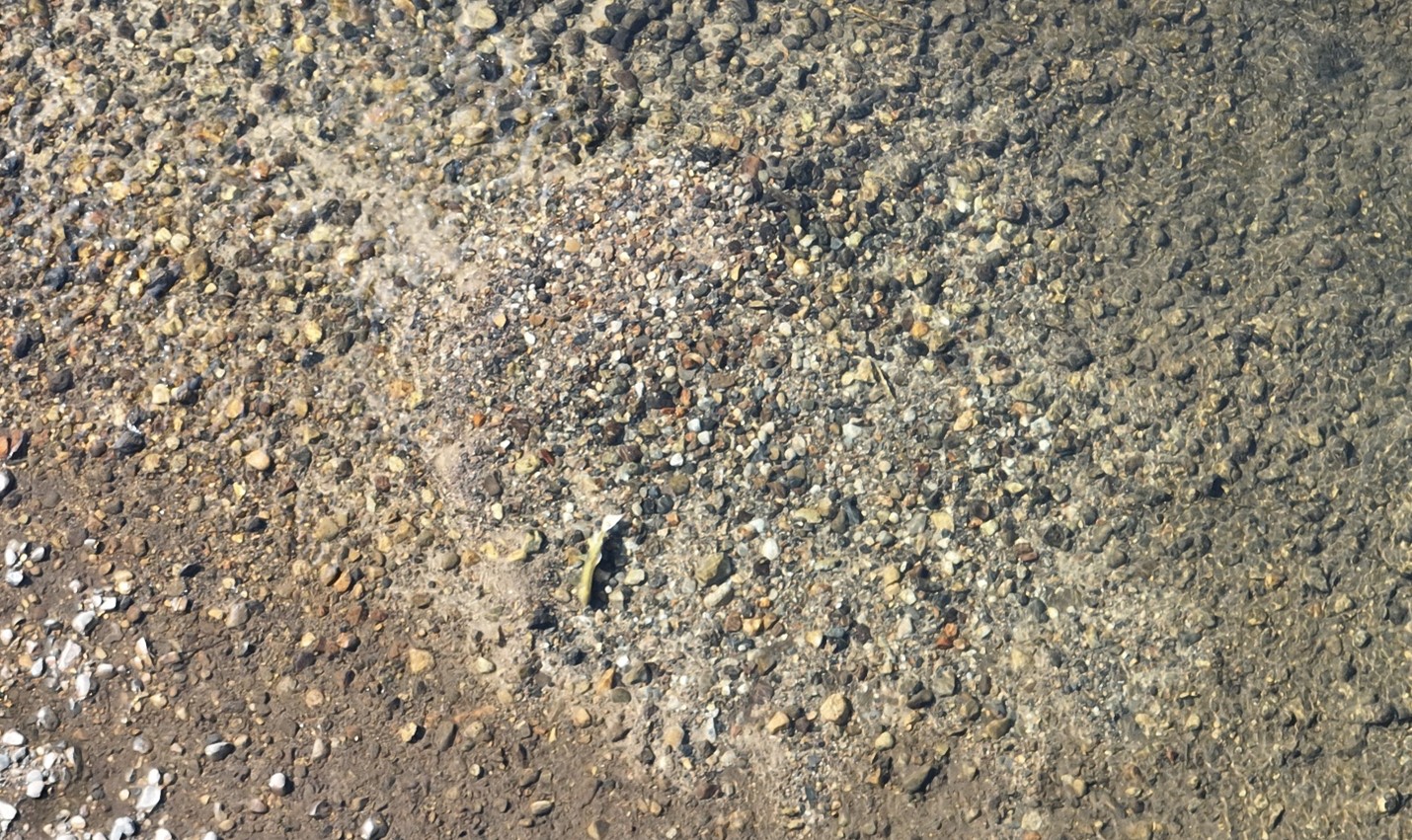If you told me years ago that my fisheries degree would have me studying aeronautical charts and piloting drones, I’d have called you crazy. But here we are.
Each year, Idaho Fish and Game licensed drone pilots take to the sky to survey Chinook salmon spawning grounds. Navigating trees, wildfire smoke, and curious birds, we collect images of the streambed along 170 miles of historic Chinook spawning habitat in the Upper Salmon River and its tributary streams.
Before the advent of drones, Fish and Game utilized fixed-wing planes, helicopters, and physical ground counts to count Chinook salmon nests—or redds. While our staff, volunteers, and tribal organizations still walk hundreds of miles of stream each year, the Salmon Regional Office conducts many of our surveys using drones.



